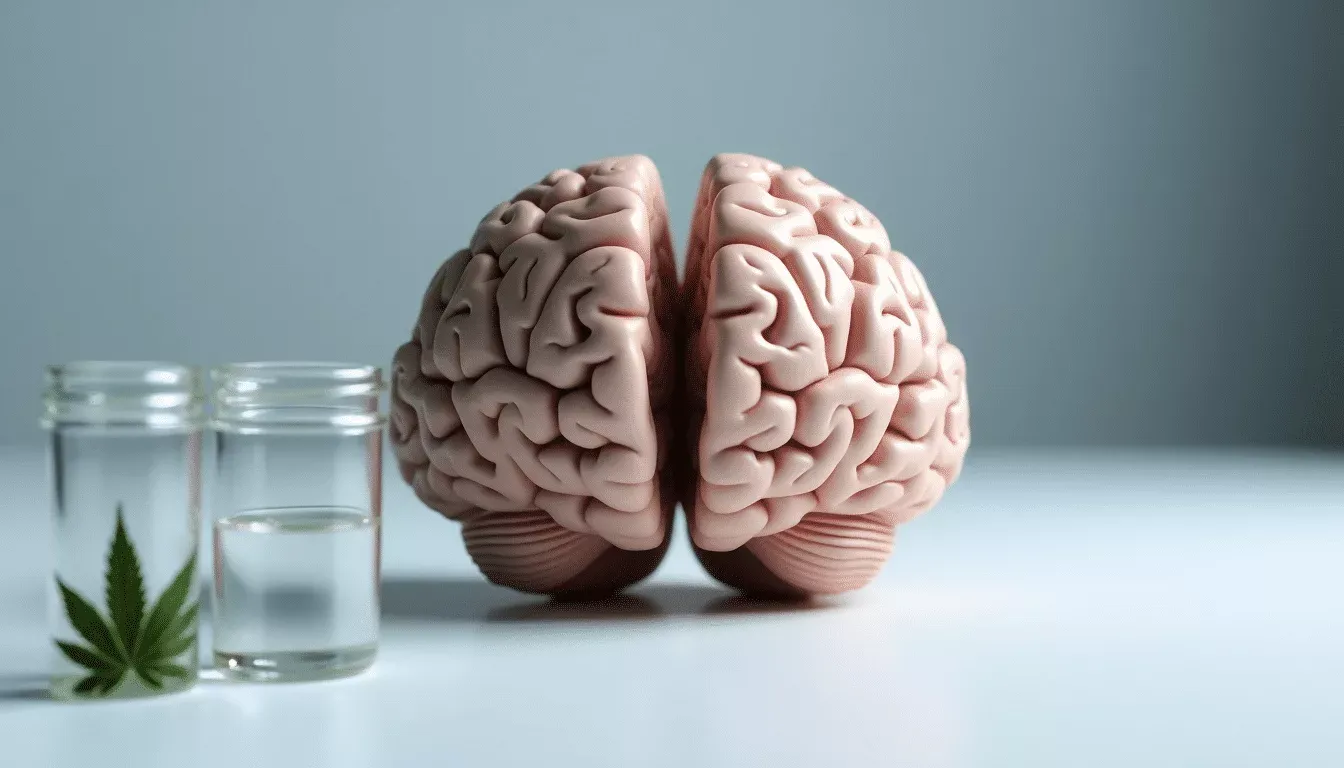Healing Journeys: Patients Find Relief with Medical Cannabis
In recent years, medical cannabis has emerged from the periphery of medical treatment to become a mainstream consideration for a variety of ailments. What was once stigmatized as a recreational substance is now being recognized for its potential therapeutic benefits. As more individuals share their experiences, it’s crucial to dive into the world of medical cannabis to understand its implications. In this article, we explore patient stories, the benefits and risks of medical cannabis, and provide insights for those considering this treatment option.
Understanding Medical Cannabis
Medical cannabis refers to the use of the cannabis plant and its constituent cannabinoids to treat disease or alleviate symptoms. While the plant has been used medicinally for thousands of years, its modern resurgence is driven by emerging research and patient advocacy. In many countries and states, medical cannabis is legal under specific conditions, usually involving a prescription from a healthcare provider.
The active compounds in cannabis, namely THC (tetrahydrocannabinol) and CBD (cannabidiol), interact with the body’s endocannabinoid system to produce therapeutic effects. THC is primarily responsible for the psychoactive effects or the ‘high’ associated with cannabis, while CBD is non-psychoactive and is particularly appreciated for its anti-inflammatory and analgesic properties.
The Benefits and Risks of Medical Cannabis
One of the most compelling arguments for the use of medical cannabis is its potential to provide relief where traditional medications have failed or cause undesirable side effects. Patients with chronic pain, epilepsy, multiple sclerosis, and even those undergoing chemotherapy have reported significant relief. Consider the case of John, a retired veteran who suffered from chronic pain due to arthritis. After trying countless pain-relievers with little success, John turned to medical cannabis. According to John,
“It doesn’t just alleviate my pain; it gives me my life back. I can move around without agony, which I hadn’t been able todo in years.”
Despite its potential, it’s important to recognize the risks of medical cannabis. Extensive use, especially if not medically supervised, can lead to dependency, altered cognitive function, and in rare cases, anxiety or psychosis. It is essential for patients to consult healthcare providers who are knowledgeable about cannabis to navigate these potential drawbacks.
Insights and Tips for Considering Medical Cannabis
For those contemplating medical cannabis, there are several considerations to keep in mind. First, ensure that the product is legal where you reside and explore avenues for obtaining it legally, often through a prescription or a medical marijuana card. Consulting a healthcare provider familiar with cannabis is crucial in tailoring treatment to individual needs.
Start with a low dose and gradually increase it under the supervision of a healthcare provider. The potency and balance of THC and CBD can vary widely between products, making it important to find what works best for you.
Consider using a journal to track your symptoms and dosage to ascertain the best treatment plan. It may also be beneficial to connect with support groups or forums where patients share their experiences.
Websites like Project CBD provide valuable resources and research findings that can be helpful.
Conclusion
Patient stories of relief found in medical cannabis are becoming more common as acceptance and understanding of its therapeutic potential grow. While medical cannabis may not be the answer for everyone, it offers hope and relief for many who have exhausted other treatment options. As with any medical treatment, it’s important to weigh the benefits and risks carefully and consult experienced healthcare providers.
For those interested in diving deeper into the world of medical cannabis, engaging with credible resources and participating in informed discussions is key. Share your thoughts or stories in the comments below, or explore related articles to continue your learning journey.
FAQ: Patient Stories About Medical Cannabis
What are some common conditions for which patients use medical cannabis?
Medical cannabis is often used by patients to manage conditions such as chronic pain, anxiety, epilepsy, multiple sclerosis, and chemotherapy-induced nausea and vomiting.
How do patients typically describe the effects of medical cannabis on their symptoms?
Many patients report significant relief from symptoms such as pain, inflammation, muscle spasms, and anxiety. They often describe an improved quality of life and better sleep patterns.
Are there specific strains that patients prefer for certain conditions?
Yes, patients often find different strains more effective for specific conditions. For example, indica strains are often chosen for pain and insomnia, while sativa strains may be preferred for energy and mood enhancement.
What are some common side effects mentioned in patient stories?
Common side effects include dry mouth, dizziness, and occasional headaches. Patients also report possible alterations in appetite and short-term memory issues.
How do patients generally choose their method of cannabis consumption?
Patients may choose methods based on their medical needs and personal preferences. Common methods include vaporization, tinctures, edibles, and topical applications, with considerations for onset time and duration of effects.
Share this content:



